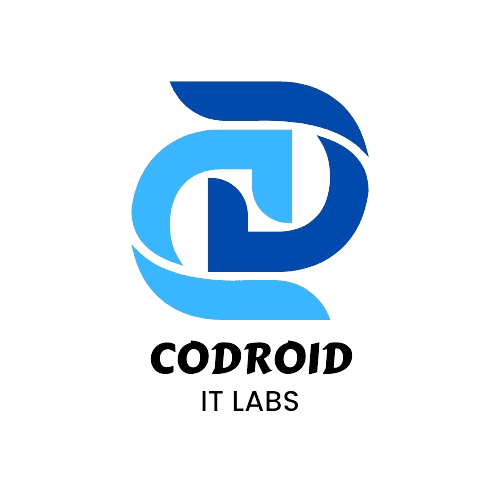
Introduction
Welcome to the ultimate guide on building an effective e-commerce website. In today’s digital age, having a strong online presence is essential for businesses to thrive. Whether you’re just starting or looking to optimize your existing website, this comprehensive guide will walk you through the process step by step.
Setting Up Your E-Commerce Platform
Choosing the Right E-Commerce Platform
Selecting the perfect e-commerce platform is crucial for your online success. Factors like ease of use, customization options, and scalability are key considerations. Here are some popular options:
Shopify: Known for its user-friendly interface and extensive app store.
WooCommerce: Ideal for WordPress users, offering flexibility and customization.
BigCommerce: Great for scalability and built-in features.
Magento: Perfect for large-scale enterprises with complex needs.
Customizing Your Website Design
Your website’s design plays a significant role in attracting and retaining customers. Ensure your design is:
Mobile-Friendly: With the increasing use of smartphones, it’s essential to have a responsive design.
Branding Consistent: Maintain brand consistency across all pages for better recognition.
Easy to Navigate: Keep your website layout simple and intuitive for seamless navigation.
Product Presentation
High-Quality Product Images
The visual appeal of your products is critical for driving sales. Use high-quality images that showcase your products from different angles. Ensure:
Clear Images: Customers should be able to zoom in for a closer look.
Consistent Backgrounds: Maintain consistency in backgrounds for a professional look.
Multiple Views: Provide multiple images to give customers a comprehensive view of the product.
Compelling Product Descriptions
Well-written product descriptions can significantly impact purchase decisions. Make sure your descriptions are:
Informative: Include key details such as dimensions, materials, and features.
Engaging: Use persuasive language to highlight benefits and solve customer pain points.
SEO-Friendly: Incorporate relevant keywords to improve search engine visibility.
Building Trust and Credibility
Customer Reviews and Testimonials
Social proof is a powerful tool for building trust with potential customers. Encourage satisfied customers to leave reviews and testimonials.
Display Reviews: Showcase reviews prominently on your product pages.
Respond Promptly: Address any negative reviews promptly and professionally.
Incentivize Reviews: Offer discounts or rewards for customers who leave reviews.
Secure Payment Gateways
A secure payment process is crucial for gaining customer trust and protecting sensitive information. Choose reputable payment gateways such as PayPal, Stripe, or Square.
SSL Certificate: Ensure your website has an SSL certificate to encrypt data.
Transparent Policies: Clearly outline your refund and privacy policies for transparency.
Multiple Payment Options: Offer various payment methods to accommodate customer preferences.
Conclusion
Building an effective e-commerce website requires careful planning and execution. By following the steps outlined in this guide, you can create a successful online store that attracts customers and drives sales. Remember to prioritize user experience, product presentation, and trust-building strategies for long-term success.
FAQs
How much does it cost to build an e-commerce website?
Building an e-commerce website can cost anywhere from a few hundred to several thousand dollars, depending on factors like platform choice, design complexity, and additional features.
Do I need coding skills to create an e-commerce website?
No, many e-commerce platforms offer user-friendly interfaces that require no coding knowledge. However, basic HTML and CSS skills can be beneficial for customization.
How do I drive traffic to my e-commerce website?
You can drive traffic through various channels, including search engine optimization (SEO), social media marketing, email campaigns, and paid advertising.
What are some common pitfalls to avoid when building an e-commerce website?
Common pitfalls include poor website navigation, slow loading times, lack of mobile optimization, and complicated checkout processes.
How can I optimize my product pages for better conversion rates?
Optimize product pages by using high-quality images, compelling product descriptions, clear call-to-action buttons, and customer reviews.
Is it essential to have a blog on my e-commerce website?
While not essential, a blog can be a valuable tool for driving traffic, engaging customers, and improving SEO.
